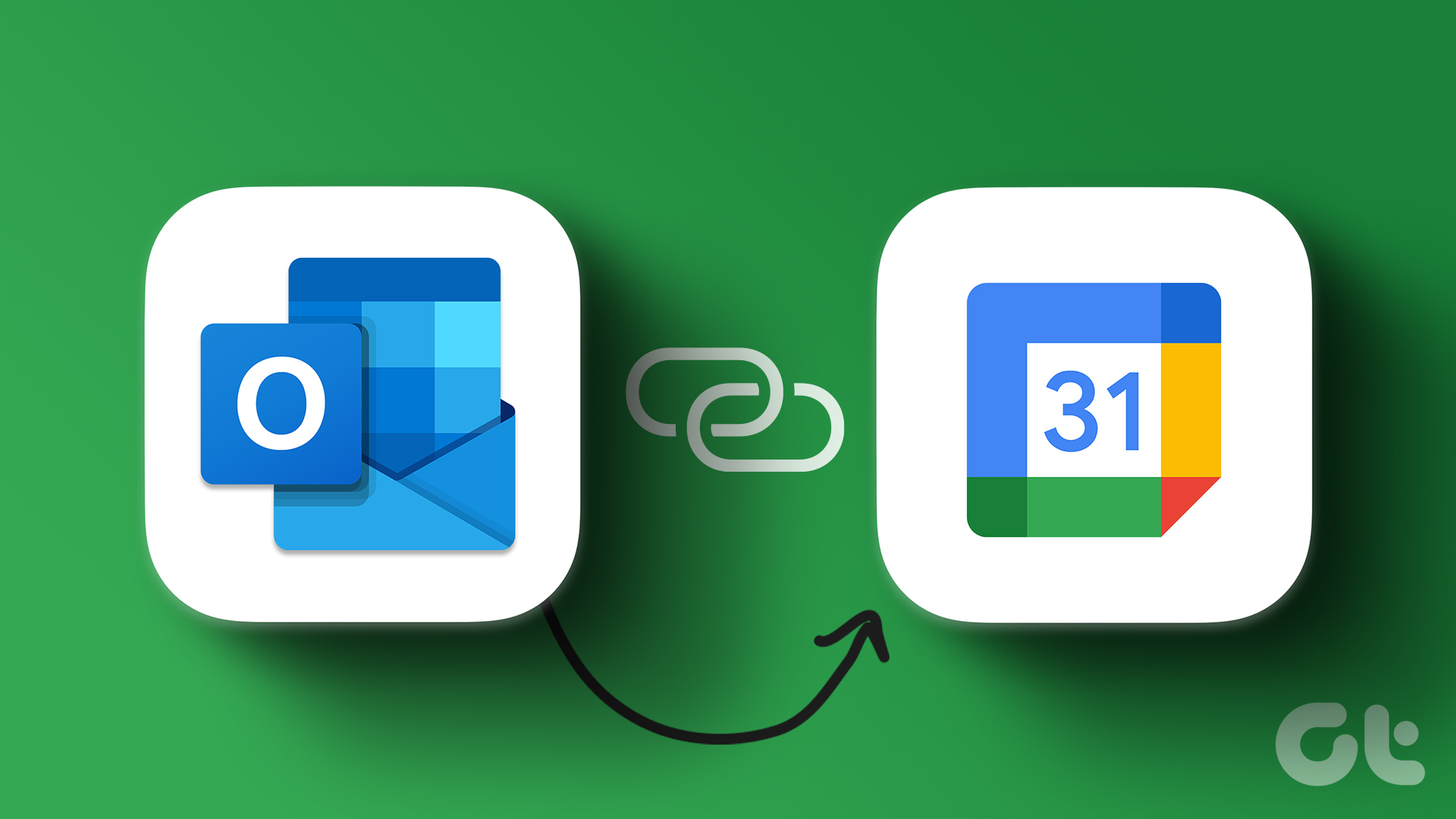Integrating both apps makes it convenient to manage your schedule both from a digital and physical perspective. However, if you want to better manage your Microsoft Outlook Calendar, you should try out some of the tips below.
1.How to Set Work Hours on Outlook Calendar
Setting your work hours on Outlook ensures that anyone viewing your calendar knows your available working hours. This way, appointments, and meetings are set by the available periods. Step 1: Launch the Outlook app. Step 2: After launching Outlook, click the File tab. Step 3: Click the Options button. Step 4: Select Calendar. Step 5: Under the menu for Work Time, input details of your Start Time, End Time, Work Week, First Day of the Week, and First Day of the Year. Step 6: Click OK to save changes.
2.Recreating a Meeting
Recreating a meeting is a way of booking a new meeting using information from a previous meeting. This way, instead of manually inputting details of meeting attendees, time, location, etc., you save time and effort by recreating an old meeting. Here’s how to do so. Step 1: Launch the Outlook app. Step 2: Select the Calendar icon on the left of your screen Step 3: Navigate your calendar to the previous meeting date. Step 4: Click the particular meeting, hold down the Ctrl key and drag the meeting over to the date or time you want the new meeting to take place. Step 5: Double-click the new meeting created, and all the relevant details will show as populated. Click on Send to send out the invite.
3.Creating a Meeting From an Email
When you receive an email about an event and you want to set up a meeting with the sender of the email, follow the steps below. Step 1: Double-click on the email which you will be using to set the appointment so a new window opens up. Step 2: Click the ellipsis (…) button on the right of your screen just by the email sender’s name. Step 3: Select the Meeting option and this should open a new meeting window. Step 4: The email sender’s name or address should already be auto-populated in the Required field. However, you will need to populate other details such as Meeting Location and Time. Step 5: Click the Send button.
4.Date Navigator
If you want to get a view of your appointments or meetings for a week or month, the date navigator on the Calendar can provide that. Step 1: Select the Calendar icon on the left of your Outlook screen. Step 2: At the top of your screen, there should be options to view your Calendar for Today, Next 7 Days, Work Week or Month. Choose your preferred view.
5.Using Natural Language to Book Meeting Start Times
When booking a meeting or appointment, you may opt to use the Date Navigator to get a view of your calendar for the period. An alternative to using the Date Navigator option in Outlook is Natural Language. Here’s how to use it. Step 1: On the Home tab in Outlook, select New Items. Step 2: Select Meeting or Appointment depending on your preference. Step 3: In the field for Start Time instead of choosing a date from the calendar, simply type a proposed time in words. e.g. 7 weeks, Christmas, Thanksgiving etc. Outlook should bring out a date.
6.Viewing Multiple Calendars
If you would like to set up a meeting with individuals in Outlook, you can view their calendars to check for a suitable time to schedule a meeting or a chat. However, this depends on if you have been granted permission to do so on Exchange or the individual is part of your organization. Here’s how it works. Step 1: Select the Calendar icon on the left of your Outlook screen. Step 2: At the top of your screen, click the Open Calendar option. Step 3: If you’ve been granted permission to view the Calendar via Exchange, select Open Shared Calendar. However, if the person is within your organization, select From Address Book. If you have a link to a calendar on the internet, you can also select From Internet. Step 4: Input the name or link (depending on the chosen option) of the individual and select OK. You should get a view of the calendar of the individual.
Setting Out of Office Responses
The tips above should help you manage your Outlook Calendar better. However, they are not exhaustive as there are other tricks you can perform on Outlook such as setting Out of Office Responses and Serial Reminders. The above article may contain affiliate links which help support Guiding Tech. However, it does not affect our editorial integrity. The content remains unbiased and authentic.



































